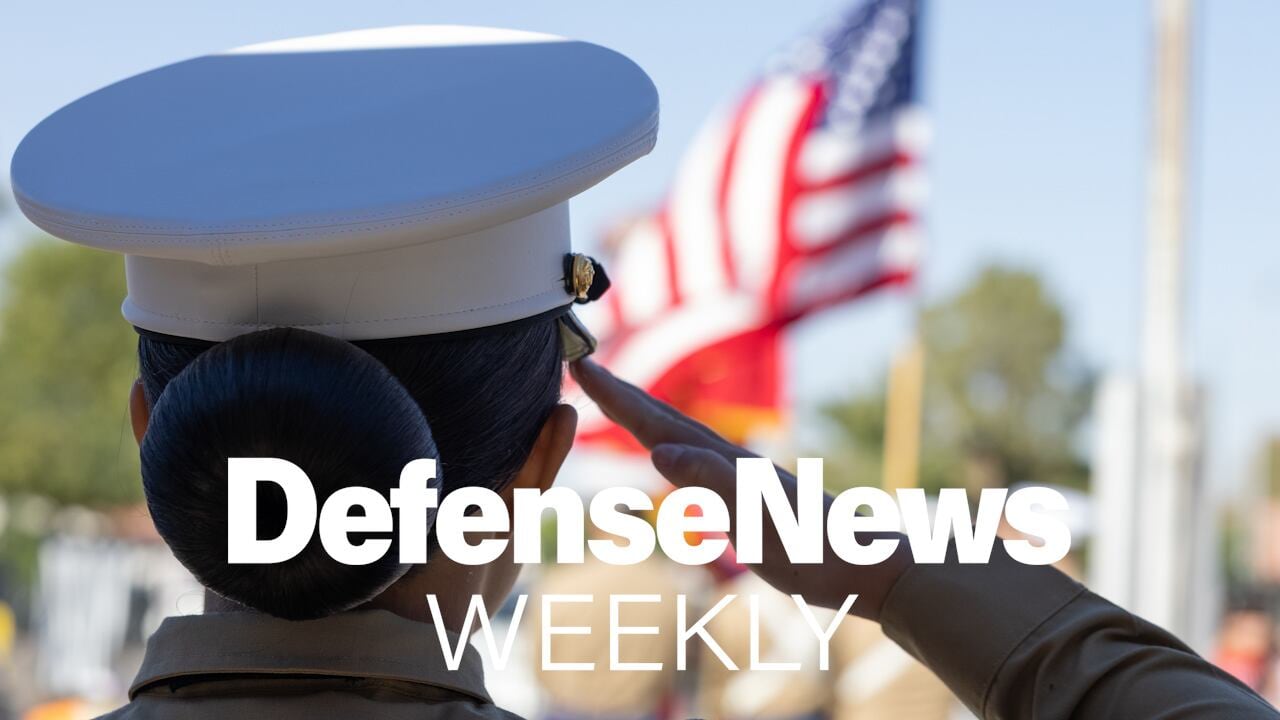ORLANDO, Fla. — The Air Force is working on a common software backbone for its simulator systems that will make it easier and less expensive for it to sustain its simulators and push through cyber security updates, officials said Tuesday.
Because the service has more than 48 simulators in its inventory made by various manufacturers with different interfaces, updating those systems is a very cumbersome process, said Lynda Rutledge, program executive officer and director for the agile combat support directorate, which includes the portfolio for the Air Force simulators.
"I have to go to 48 different contractors and get on contract to do that. We want to move towards being so flexible and agile that instead of taking two or three years to make a simple modification to a system, we can do that like we do here," she said, gesturing to her phone. "Download an app."
Over the next few years the Air Force hopes to establish a new program, called Simulator Common Architecture Requirements and Standards (SCARS), that will allow the service to modernize its simulators without having issue multiple contracts with several companies to do basically the same thing, Rutledge said during a briefing at Interservice/Industry Training, Simulation and Education Conference (I/ITSEC). The program is estimated to cost about $500 million.
"This is going to be expensive," she said of the initial investment. "But we’re going to pay something, we just may be paying it in little increments but over a long period of time. If we don’t do this smartly, we will pay a lot more money, and we will be stuck with the maintenance of a messed up system that we now have to maintain."
An Air Force team is in the initial stages of creating the standards, using industry interfaces and architectures as a model, she said. After the service solicits comments from defense contractors, it will begin identifying the first simulators that will undergo the modifications necessary to bring them in line with SCARS.
The Air Force plans to release a request for proposals in fiscal year 2018 for the initial systems to be converted, said Col. Daniel Marticello, Air Force Materiel Command’s chief of the simulator division. The first contract award would follow in 2019.
Rutledge is weighing two different approaches to upgrade existing simulators with SCARS. One way would be to modify systems as contracts come up for renewal, and including the conversion to the new standards as part of the competition. Or the Air Force could prioritize its most vulnerable systems and upgrade those first.
Companies will still have the opportunity to win work, but under a different business model. Instead of bidding on a platform-specific contract, defense contractors will initially bid on adapting the simulators to the SCARS standard.
"We’ll see as we work through the draft RFP to get a feel for what each of these conversions is going to cost," Marticello said. "The one we select as the winner, we’ll exercise those options for the numbers of simulators that we can afford in that first year. And then the next year, we’ll have the docket for the next set."
Then, once all simulators have been modified with SCARS, the Air Force will hold regular competitions for cybersecurity and other software updates, he said.
Valerie Insinna is Defense News' air warfare reporter. She previously worked the Navy/congressional beats for Defense Daily, which followed almost three years as a staff writer for National Defense Magazine. Prior to that, she worked as an editorial assistant for the Tokyo Shimbun’s Washington bureau.








